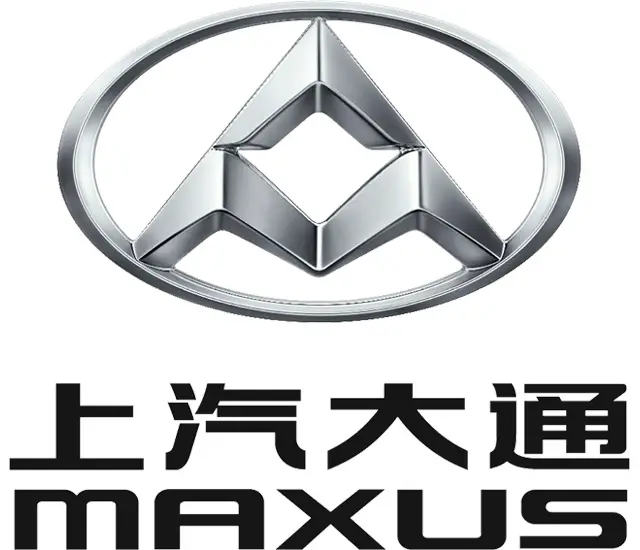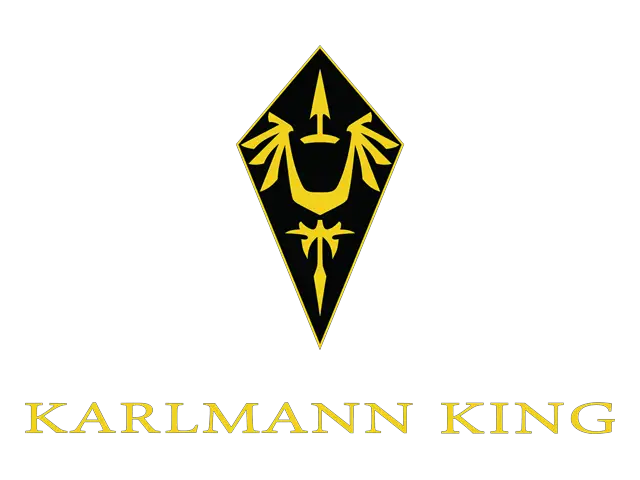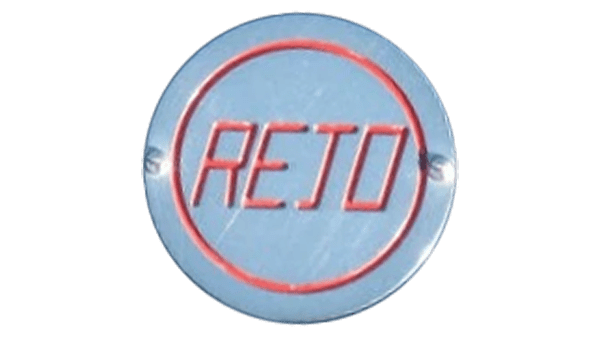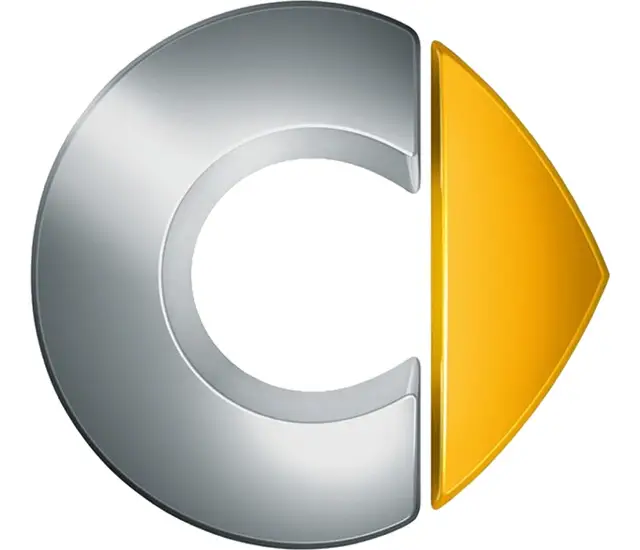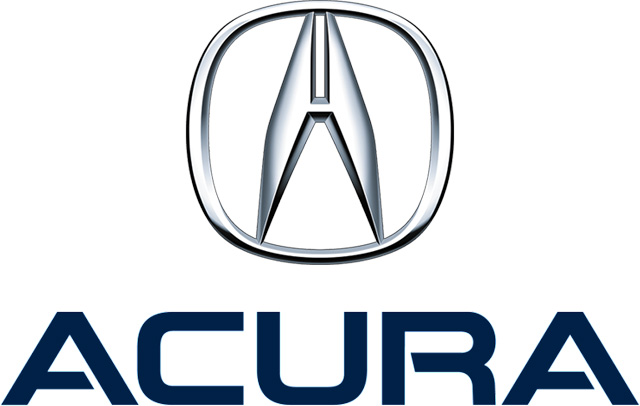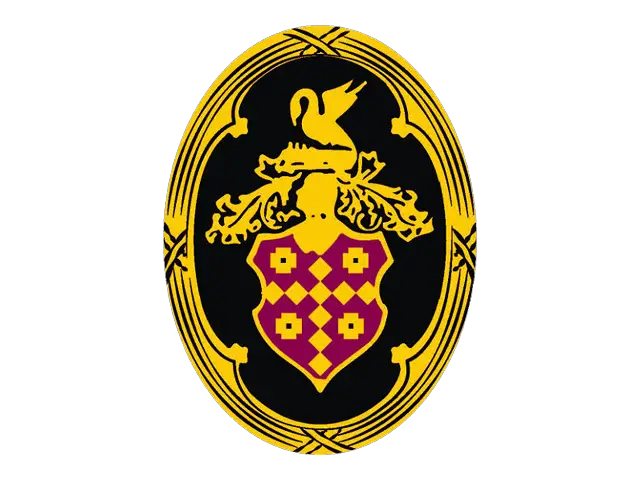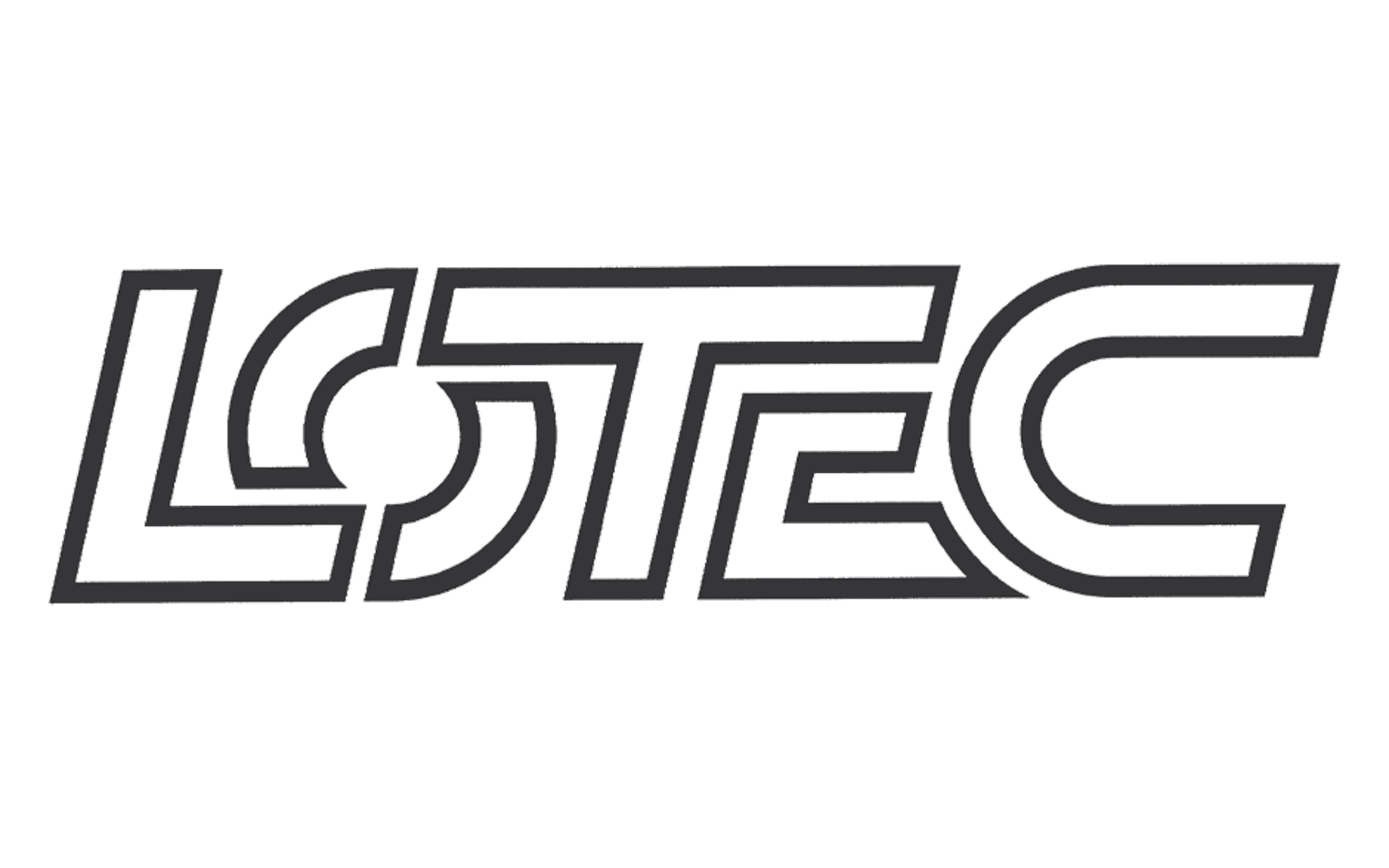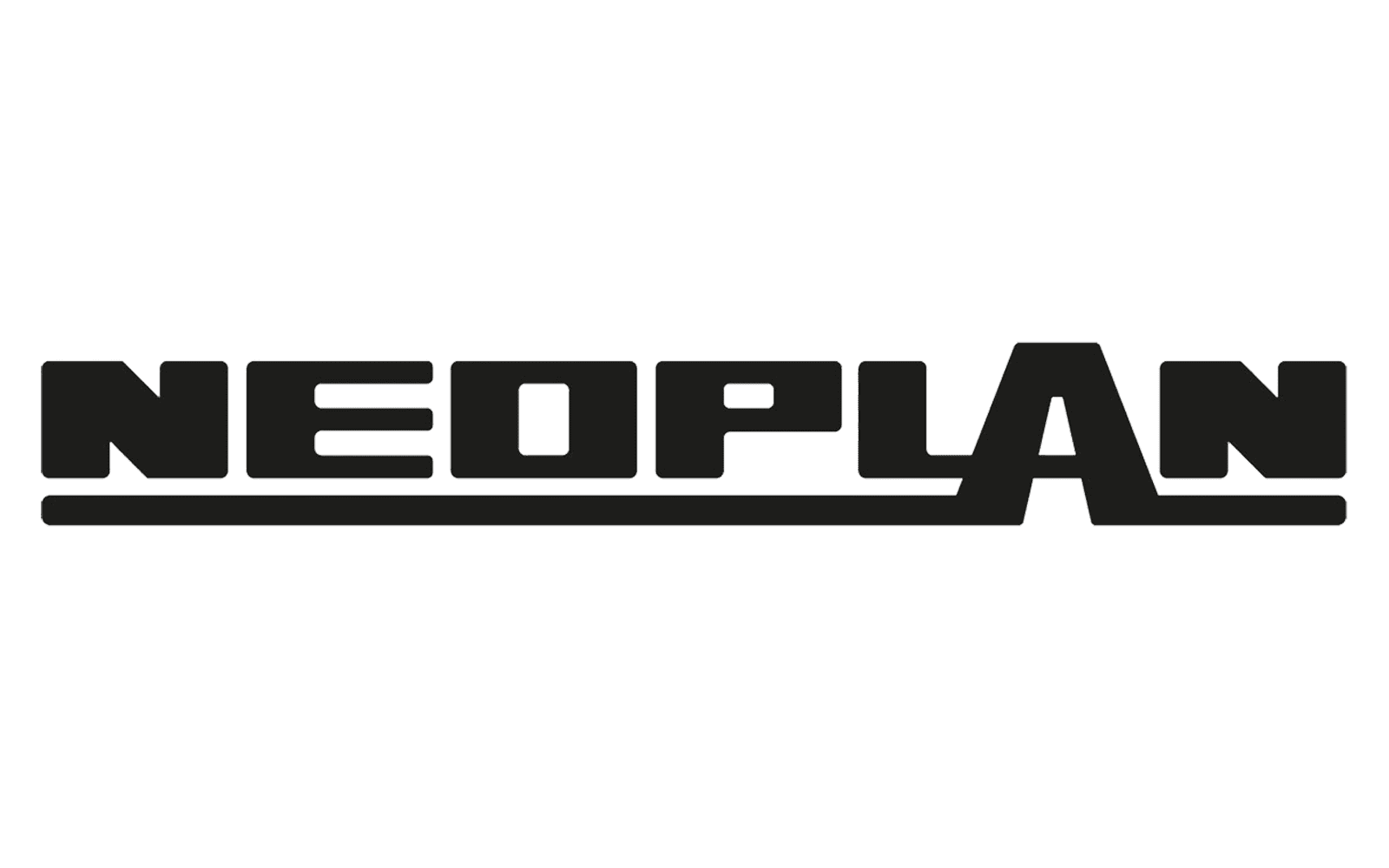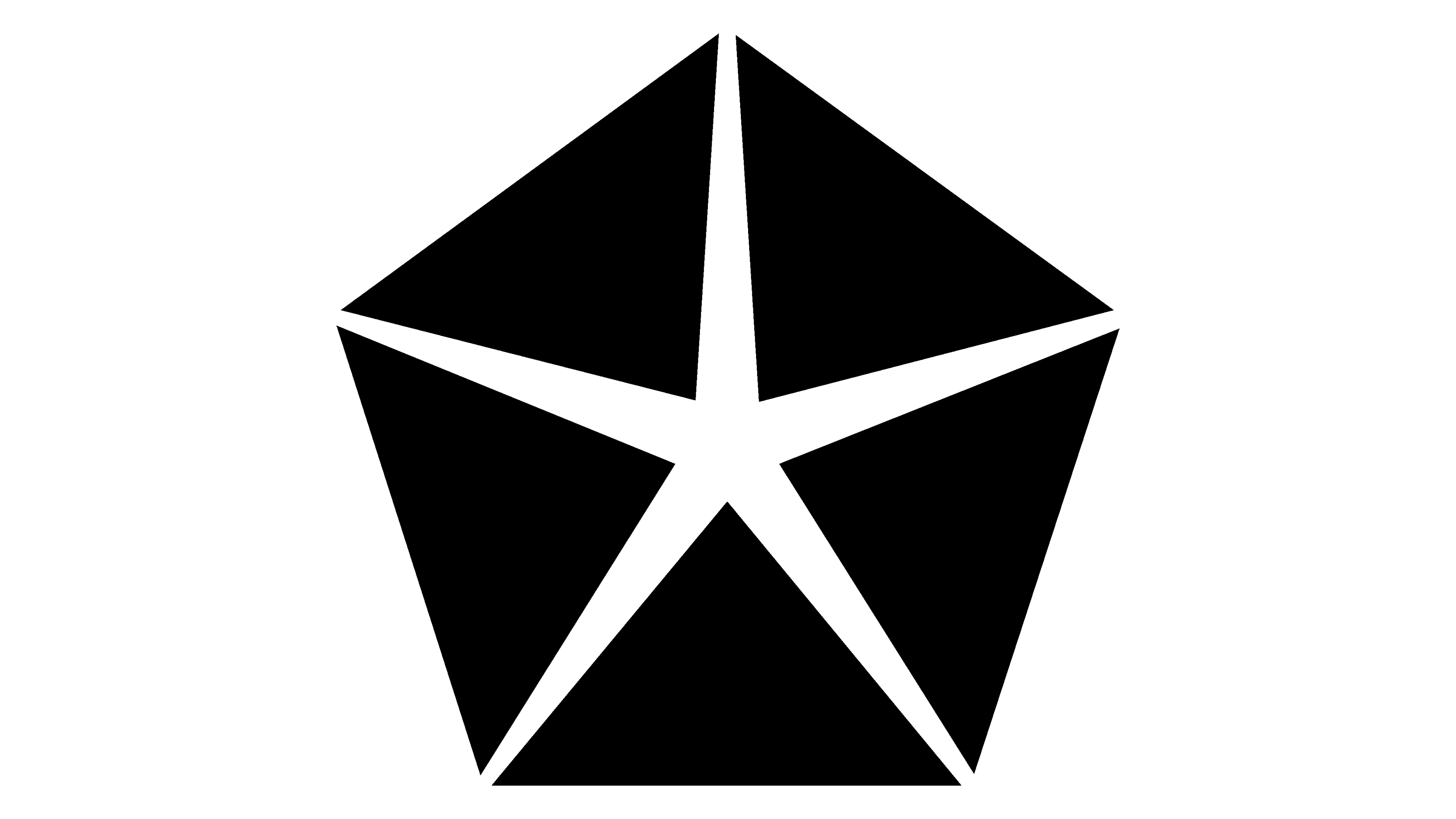jawa Logo - History, Design, and Meaning
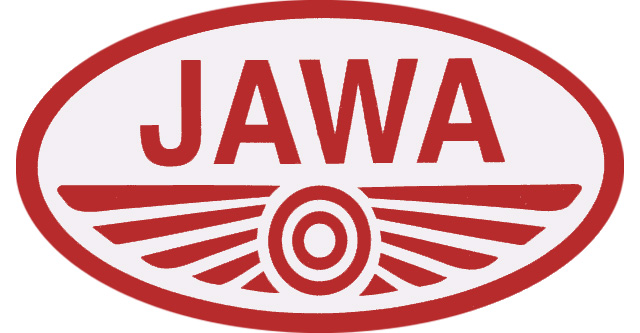
Company Overview
JAWA is a motorcycle manufacturer founded in Prague, Czechoslovakia, in 1929 by František Janeček, who acquired the motorcycle division of DKW. The modified JAWA 600 Minor was introduced in 1937. Production continued in limited numbers throughout World War II, with some assembly taking place in the immediate postwar period.
Key Information
- Founded: 1929
- Founder(s): František Janeček
- Headquarters: Týnec nad Sázavou, Czech Republic
jawa Logo Meaning and History

Although it may be confusing, the name 'Jawa' does not refer to geography or coffee. 'Jawa' is derived from the name of the company's founder, František Janeček, combined with the first two letters of the Wanderer brand, as the company initially produced Wanderer motorcycles under license.
The first original Jawa model was introduced in 1932 and quickly became more popular than the Wanderer bikes, prompting the company to advance its technology. By 1937, the 100cc Jawa-Robot became particularly popular.
Pre-war Czech motorcycles were of high quality and nearly replaced all imported motorcycles in the Czechoslovak market, although they remained relatively unknown outside the country. The company gained international success after World War II, and by the late 1950s, Jawa motorcycles were being exported to 120 countries worldwide.
Jawa's vehicles remained popular until the end of the 1990s but began to lose market share in the 2000s as competition increased, particularly from Asian brands offering budget-friendly options.
What is Jawa?
Jawa is the name of a motorcycle manufacturer from the Czech Republic, which was established at the end of the 1920s, and started its activity from the production of the Wanderer bikes under their license. The first in-house motorcycle was introduced by Jaws at the beginning of the 1930s.





The name of this renowned motorcycle manufacturer is formed from 'Ja,' taken from the founder's surname, František Janeček, and 'Wa,' from the 'Wanderer' brand that Janeček acquired from Winklhofer & Jaenike, a German manufacturer, in 1929. This is how the legendary brand was established.
Despite its long and impressive history, featuring numerous iconic motorcycle models distributed worldwide, the company has maintained a conservative and stable approach to its visual identity. The Jawa logo has never undergone a redesign, only occasionally switching color palettes.
The Jawa badge features a horizontally elongated elliptical shape, large capitalized lettering, and an abstract geometric image beneath it. The brand's official color palette consists of red and white, with both red details on a white background and its reverse version being used frequently.
The lettering on the Jawa emblem is set in uppercase and rendered in a simple, neat sans-serif typeface with medium-weight distinct lines and edges. The main graphical element in the brand's visual identity consists of a double circle with ten thick rays extending outward, leaving some free space that lightens the overall composition.

The graphical part of the Jawa badge resembles an aviation badge, with rays forming two wings that symbolize freedom, motion, and speed. The circular element can be interpreted as a wheel, representing energy, the sun, and eternity.
In the early years, the circle was replaced by a stylized 'FJ' monogram, where the two letters merged to create a crest-like shape. Another version featured a bold red 'Z' for 'Zbrojovka,' placed within a smaller circle.
The traditional all-caps inscription on the Jawa emblem is executed in a classic yet modest sans-serif typeface, similar to well-known fonts like Britanica Semi Condensed Black and Cairoli Classic Medium, characterized by slightly narrowed letters. Although some lines of the Jawa wordmark are modified, they do not make the inscription unique or particularly recognizable; it remains a simple and confident design.

The official red and white color palette of Jawa's visual identity employs a dark, calm shade of red that conveys a sense of trustworthiness and stability, while white details enhance the overall appearance, reflecting the brand's loyalty and reliability.
Secondary color schemes for the Jawa emblem include monochrome, gold on black, gold and burgundy, and black on bright yellow. At times, the badge was placed on a contrasting circle, such as deep blue, adding professionalism and class to the overall design.
